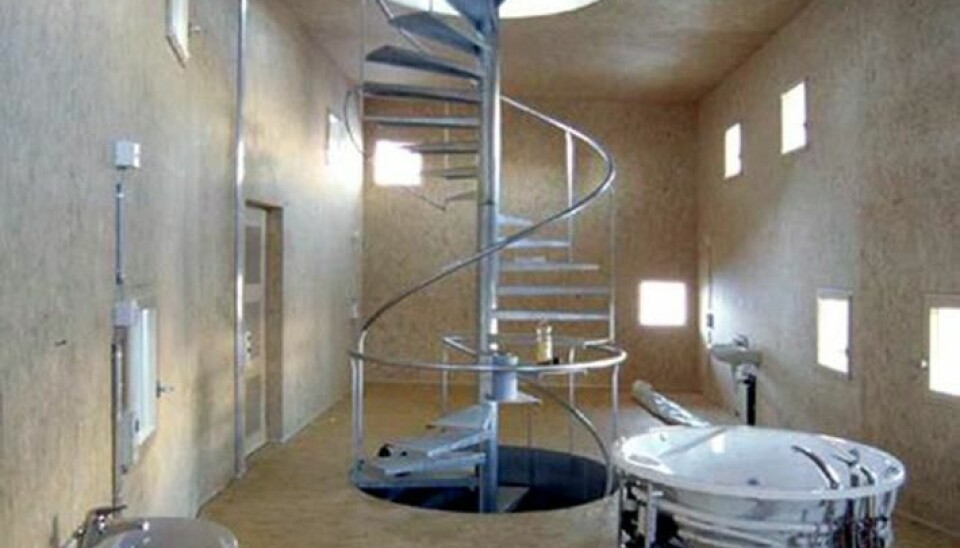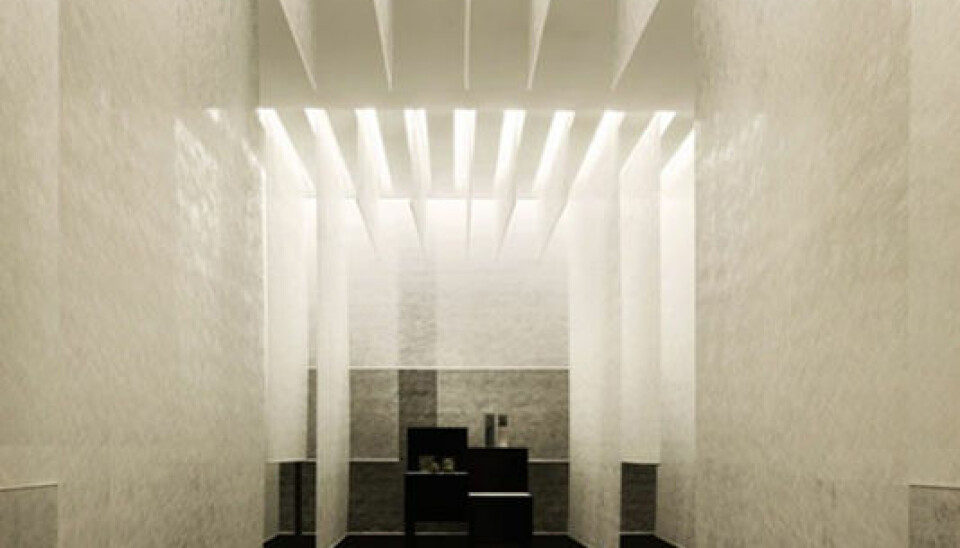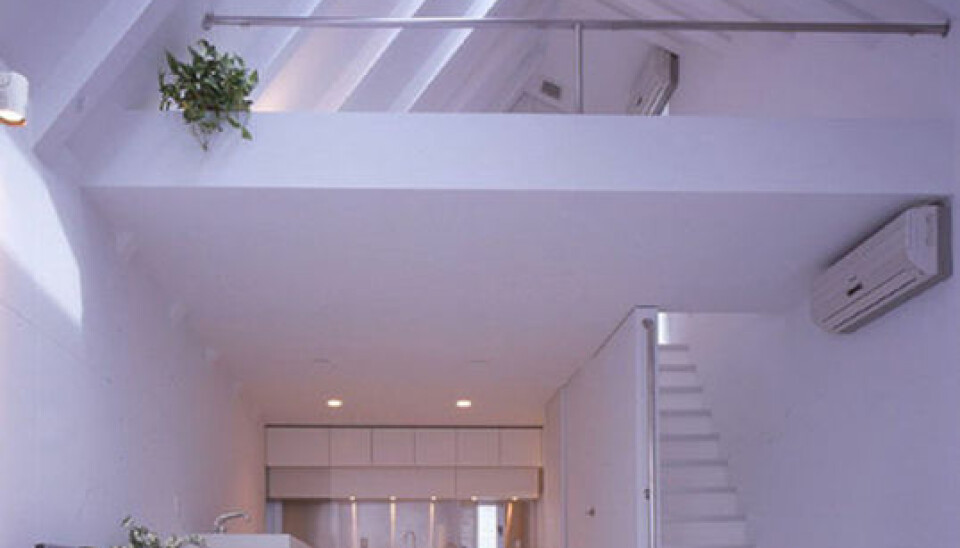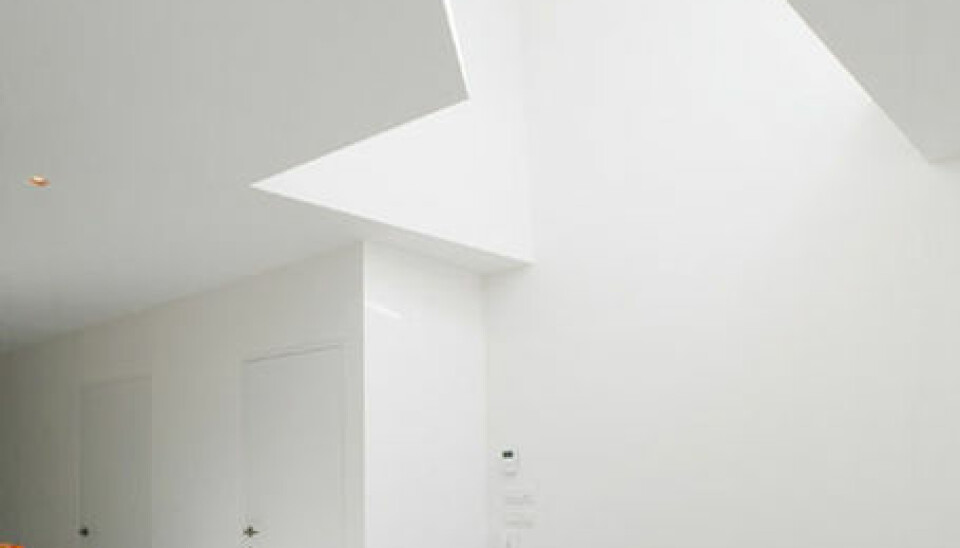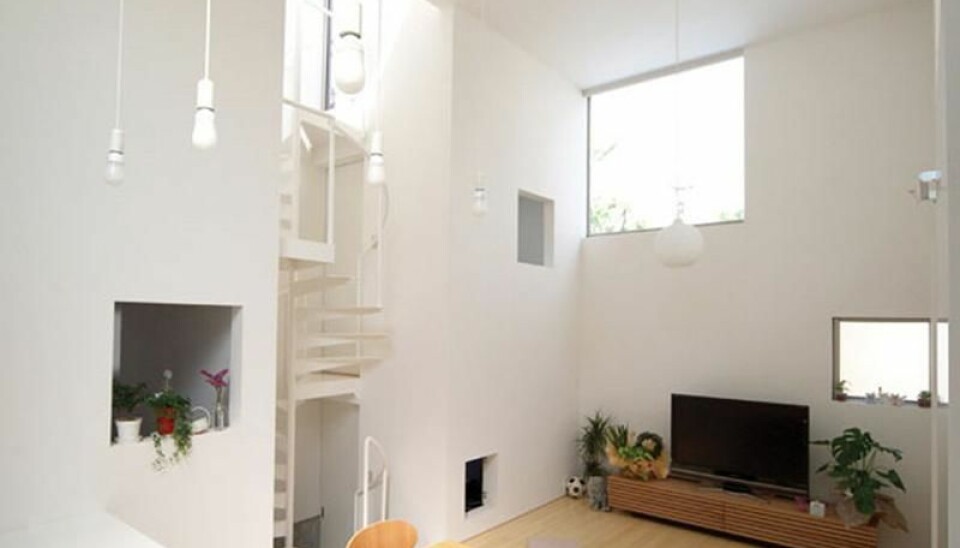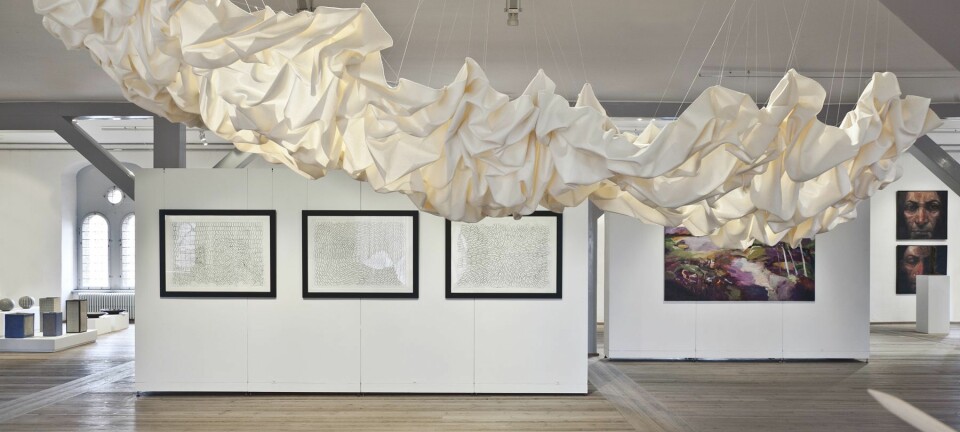Architecture activates both old and new brain processes
Our appreciation of architecture involves more brain processes than previously assumed. Evolutionarily speaking, the processes take place not only in the primitive reward system, but also in a much younger part of the brain.
How come some buildings are particularly beautiful and why do some rooms seem more peaceful than others?
Scientists have started exploring such questions using brain scanning technology. A recent study has looked at which systems in the brain are involved in our experience and our evaluation of architecture.
Researchers have previously suspected the so-called reward and punishment system, whose functions include creating the experience of ‘pleasure’, of being responsible for our experience of beauty in architecture. This is a system that informs us whether a certain food or a location is good for us.
However, this study reveals that there is a lot more to our experience of architecture than that.
Reward system plays a part
When our participants evaluate the beauty of a room, the degree of circularity in the room greatly affects their aesthetic evaluation.
”Evolutionarily speaking, the reward and punishment system is an ancient system of cells in the brain, which creates the feeling of pleasure or disgust when we’re faced with things that can be either good or bad for us,” says one of the researchers behind the study, Martin Skov, a research fellow at The Danish Research Centre for Magnetic Resonance at the Copenhagen University Hospital, Hvidovre.
”This cell system is present in many animal species and it rewards behaviour based on a quick, instinctively evaluative feel for things and places. This suggests that this system should be involved in our experience of architectural beauty and whether or not we wish to stay in the rooms. But our results show that several brain processes are actually involved, and that came as a surprise to us.”
It is still not clear whether our experience and assessment of architecture is controlled by several independent systems, each with their own task. The brain scans only revealed that the processes occur in two different regions in the brain.
“Our experiments allow us to conclude that there is more activity going on in the brain than just the reward system, but it’s too early to say if it’s an independent system,” says Skov.
We cannot conclude that this proves the involvement of two different systems, but our study indicates that it is not the same system, but that there are two different brain processes behind the two different evaluations.
“All we can say at this point is that, evolutionarily speaking, the other process is located in a far newer part of the brain and in an area which we do not share with other animals.”
Participants preferred round shapes
The study participants were placed in an MRI scanner while being shown photographs of various rooms, and were asked to assess the photos in two different ways. One was an aesthetic assessment of the room and the other was an ‘approach-avoidance’ assessment to test whether they felt like spending time in the room or not.
This latter assessment type is believed to be controlled by the reward system. The MRI scans allowed the researchers to see whether the experience of beauty and the desire to stay in the room are linked and are activated in the same way by the reward system.
“By evaluating the pictures of rooms in these two different ways, we can make comparisons not only of how people respond to the pictures when they’re assessing them, but also what goes on inside their brains while they’re doing so,” says the researcher.
Circularity plays a central role
“The results of our study show that when our participants evaluate the beauty of a room, the degree of circularity in the room greatly affects their aesthetic evaluation,” he says.
“So the more circular a room is, the more beautiful the participants appear to judge it. However, the same is not true in their approach-avoidance evaluations. Here, the degree of circularity in the room had no effect on whether they wished to stay in the room. So it appears that these two ways of relating to spaces are different.”
In other words, there appears to be a difference in how a circular and a square element in the architecture affect these ways of assessing a room’s architecture.
The scans also revealed that the two different questions activate two different brain processes:
“We cannot conclude that this proves the involvement of two different systems, but our study indicates that it is not the same system, but that there are two different brain processes behind the two different evaluations.”
Study reveals no common human traits
The study does not answer the question of whether there are universal traits in the way we appreciate architecture.
Is circularity then not a property that all humans prefer to see in architecture?
”We’re at a stage where we don’t know a lot about how architecture affects us,” says Skov.
“It’s far too early to draw many conclusions based on a study like this one. Our study is one of the first building blocks in a foundation which will reveal some things about our way of experiencing and understanding architecture.”
The study was carried out with participants from a certain age group, who were not experts in architecture. Add to that the fact that they were all recruited from Tenerife.
It is therefore too early to draw any general conclusions about people’s architectural preferences independent of age and other factors.
“If you call me up 15 years from now, I’ll have a lot more to say on the subject,” he says.
“But personally I would say that if I were an architect, I would find it highly interesting and significant that there are some researchers who try to understand what goes on in people’s brains when they experience architecture. Why design blindly? Why not ask people who carry out empirical studies of how people respond to architecture?”
---------------------------
Read the Danish version of this article at videnskab.dk
Translated by: Dann Vinther

